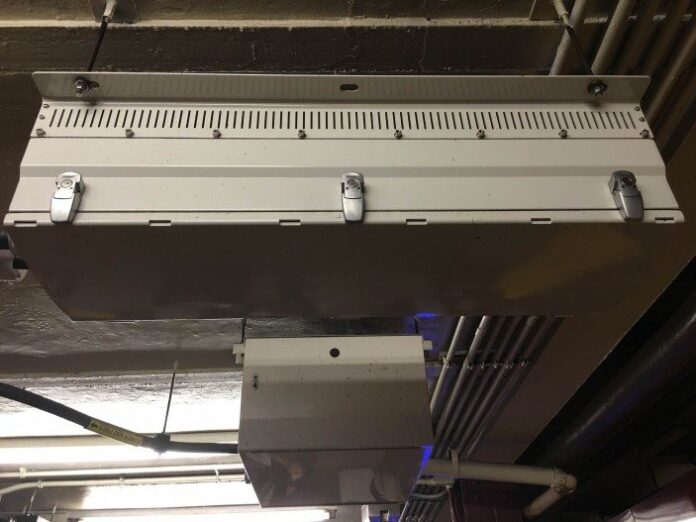The New York City subway system is getting a big expansion to its wireless network. Solid and Transit Wireless announced 20 stations in the Bronx and 17 in upper Manhattan would be receiving wireless service.
The network will use Solid’s distributed antenna systems to bring cell phone coverage to approximately 70 million monthly riders. The DAS network is designed to allow hundreds of riders to use the network simultaneously as they travel through subway stations in Manhattan, Queens and the Bronx.
Solid said its DAS remote units are designed to deal with the harsh conditions of the New York City subway system, which include heavy vibrations, brake dust from trains, extreme temperatures and moisture from power washing on the platforms. They are also carrier neutral so they can support all four major U.S. carriers on varying frequencies. The modular design allows them to be quickly and cost-effectively scaled, according to Solid.
The expansion will also lend a hand to public safety, allowing MTA riders to call 911 on their mobile phones from stations in the Bronx and upper Manhattan.
Get a tour of Solid’s NYC subway DAS and Wi-Fi network in the video below.
“Phase 4 of the cellular and Wi-Fi network build-out covers 37 underground MTA stations in the Bronx and Manhattan, including major hubs such as 53rd Street/Lexington Avenue (6,E,M), 59th/Lexington Avenue (4,5,6,N,Q,R), 149th S. Grand Concourse (2,4,5), and 125th Street (4,5,6). The wireless connectivity of 149th S. Grand Concourse serves fans of the ‘Bronx Bombers’ as they travel to and from Yankee Stadium,” a Solid press release said.
Solid DAS networks are currently available in 100 stations in the New York City subway system, which has the most stations in the world. In 2012 the wireless infrastructure company signed a deal to outfit 277 stations with its DAS network.
Transit Wireless is majority owned by Broadcast Australia and operates the subway station wireless communications network, acting as a neutral host for extending wireless coverage throughout the lines. The organization was formed to handle wireless coverage requirements put in place by New York’s Metropolitan Transit Authority.

